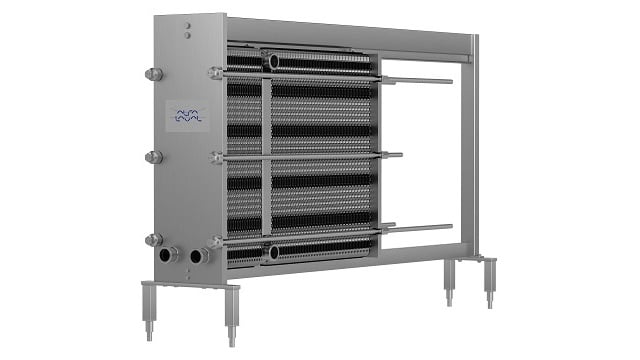新燕麦饮料热处理工艺简介
北欧的一家液体食品生产商更换用于加热燕麦基的现有换热器时,未选择传统的壳管式换热器。 他们选择了阿法拉伐 Hygienic 系列的 HL8-WG。新设备已安装完毕,并于 2019 年秋季开始测试,可以最大限度地减少结垢、延长清洗间隔时间、卓越的可清洁性和更简便的维护。
日期 2024-03-01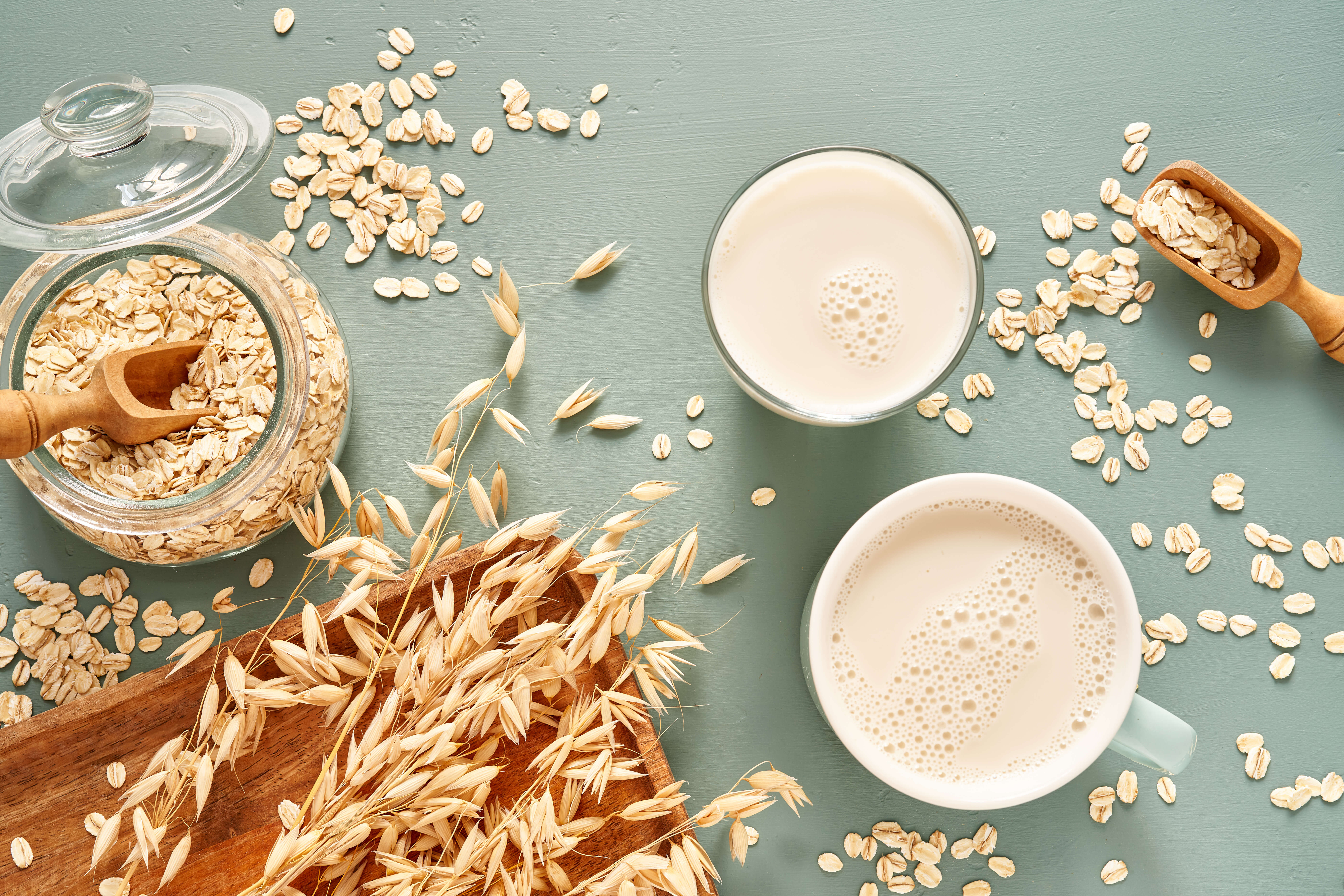
选择新的换热器
该公司一直在寻找一种新型换热器,以取代其燕麦饮料生产工艺初始加热阶段所使用的卫生板式换热器。
他们的主要目标是提高产量,而旧换热器由于污垢堆积而需要经常清洗,这在当时限制了他们的产量。
一种替代方案是改用管壳式解决方案,但他们认为这意味着需要更长的热处理时间,而且有可能影响最终产品的口感和质地。
在考虑各种方案后,他们选择了阿法拉伐的 HL8-WG--一种卫生型宽间隙板式换热器,它比管壳式换热器更加紧凑,并能快速加热到正确的温度。
新设计,新机遇
阿法拉伐的卫生级板式换热器系列专为卫生要求最高的产品而设计。然而,直到最近,管壳式技术仍是颗粒更多、更大的高粘度产品的首选解决方案。
"HL8-WG代表了一个新的发展步骤,因为它能够将垫片板式换热器用于带有颗粒和长纤维的卫生应用中"。阿法拉伐工业化项目经理克莱门斯-维克多(Clemens Wictor)说:"由于对设计进行了调整,我们的卫生级宽间隙换热器现在可用于植物性饮料、含果肉和纤维的果汁以及果泥等。"
主要的设计调整包括新的 OpenChannel™ 板型,它可确保在有颗粒和纤维的情况下长时间运行而不会堵塞,以及称为 SmoothPort™ 的功能,它可防止积聚并最大限度地提高清洁性和排水性。
由于采用了这些新技术,HL8-WG 的清洗频率更低,也更容易清洗,从而减少了耗水量。最大限度地减少了污垢积聚,从而降低了压降,减少了能耗。
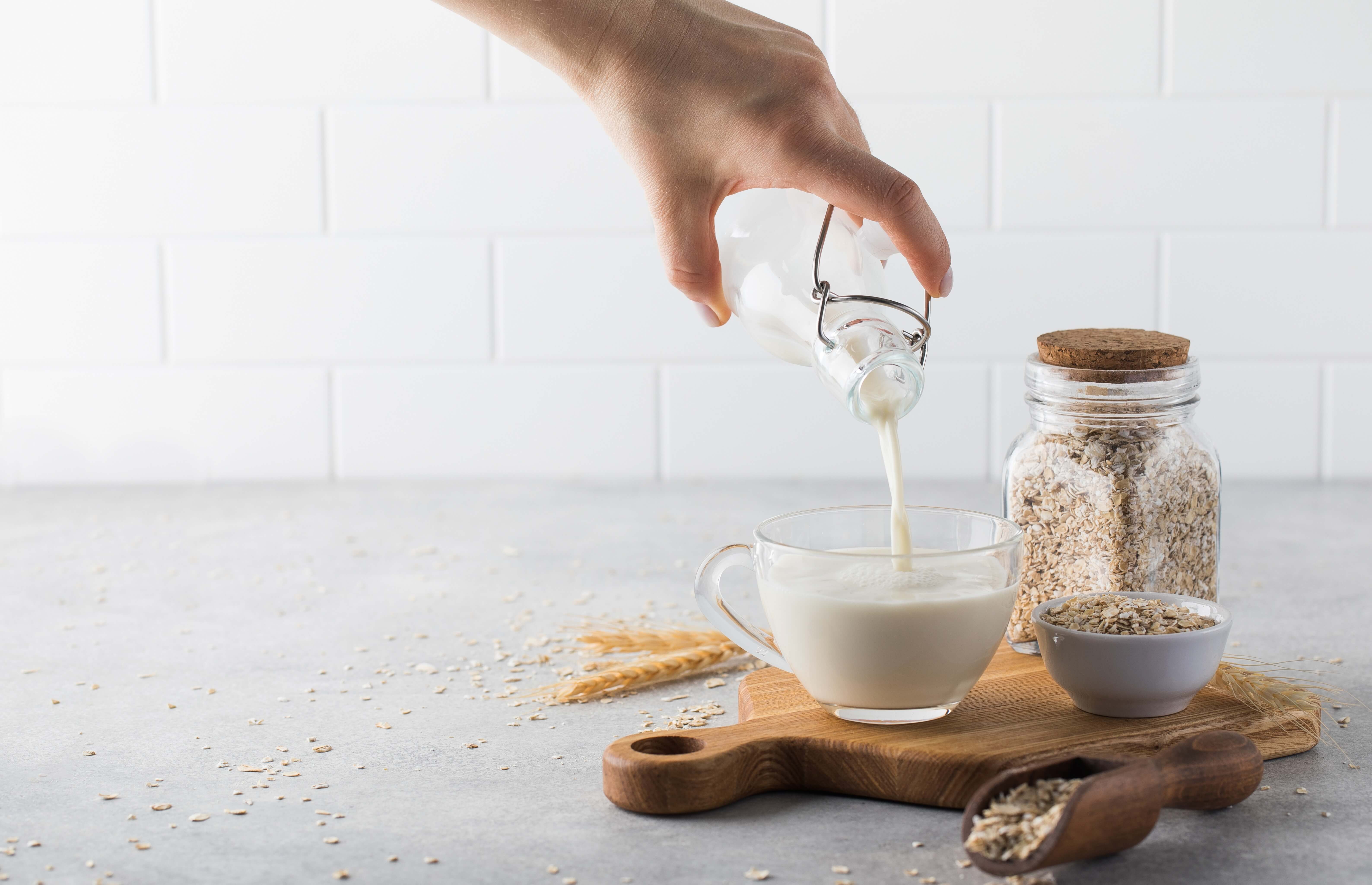
More flexibility for food producers
Before implementing the new HL8-WG at the customer’s plant, Alfa Laval’s test engineers ran comparative tests on a range of food applications where quality and hygiene are key. These included orange juice pulp, emulsion sauces with pickled vegetables and chunky tomato salsa. “The new heat exchanger outperformed shell & tube technology on all key parameters, including energy efficiency, material savings and process control”, says Clemens, “In all these tests, we could see that the HL8-WG gave better results. In fact, we’ve yet to find a challenge we can’t solve using our new hygienic WideGap heat exchanger technology. It gives food producers a whole new level of flexibility."
Longer production runs now possible
Our customer is now using the HL8-WG for the first stage of production where the oat mixture is still very fibrous. It enables longer production runs (18 to 20 hours), each of which is followed by a cleaning cycle, and no adjustments are required during production since the process remains stable with regard to, e.g., flow and temperature. After testing several different cleaning protocols, operators observed that no product residue remained between the gasket and the port. Previously, the heat exchanger had to be opened for mechanical cleaning at least once a month; now, it can run for periods of two months or longer without requiring mechanical cleaning.
The hunt for efficiency
The HL8-WG points to a future in which we can help food producers meet increasingly tough efficiency demands, specifically energy and water use. Compared with traditional plate heat exchangers, the HL8-WG requires less frequent cleaning, which saves CIP-water and increases productivity. Since the new heat exchangers don’t need to be opened as frequently, wear on the plates and gaskets is lower, and uptime is higher. Compared with traditional shell & tube heat exchangers, the HL8-WG is capable of a whole new level of heat recovery – up to 45% increase in heat recovery in some cases.
Highlighted Technologies
Water savings
Reduced cleaning chemical consumption
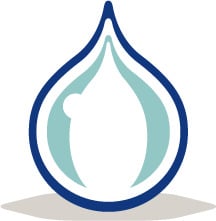
Water savings from extended cleaning intervals
Uptime

Increased uptime due to longer production runs
Sustainable food
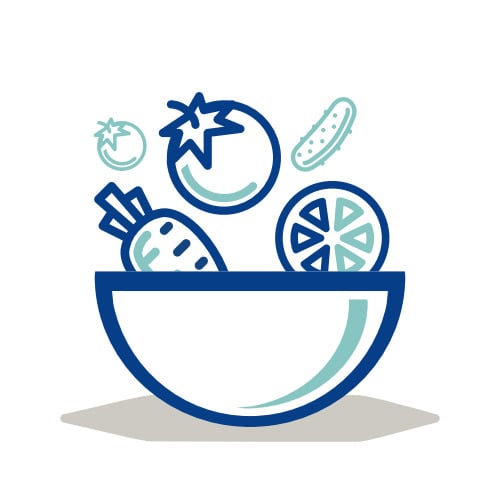
As a rule of thumb, the carbon footprint of plant-based foods is only half of that of animal-based equivalents
Why Alfa Laval HL8-WG?
- WideGap HEXs can require as little as 15% of the floor space needed for shell-and-tube heat exchangers (2 m2 vs. 13.5 m2 ). This also means transport and installation costs are lower.
- Their versatile design enables the capacity to be adjusted simply by adding or removing plates, all within the existing frame.
- Maintenance is easier since the heat transfer surfaces are easily accessible for inspection or mechanical cleaning.
- A specially designed plate pattern ensures a high degree of turbulence over the whole plate, which not only reduces fouling but also makes cleaning very effective.

